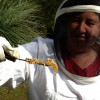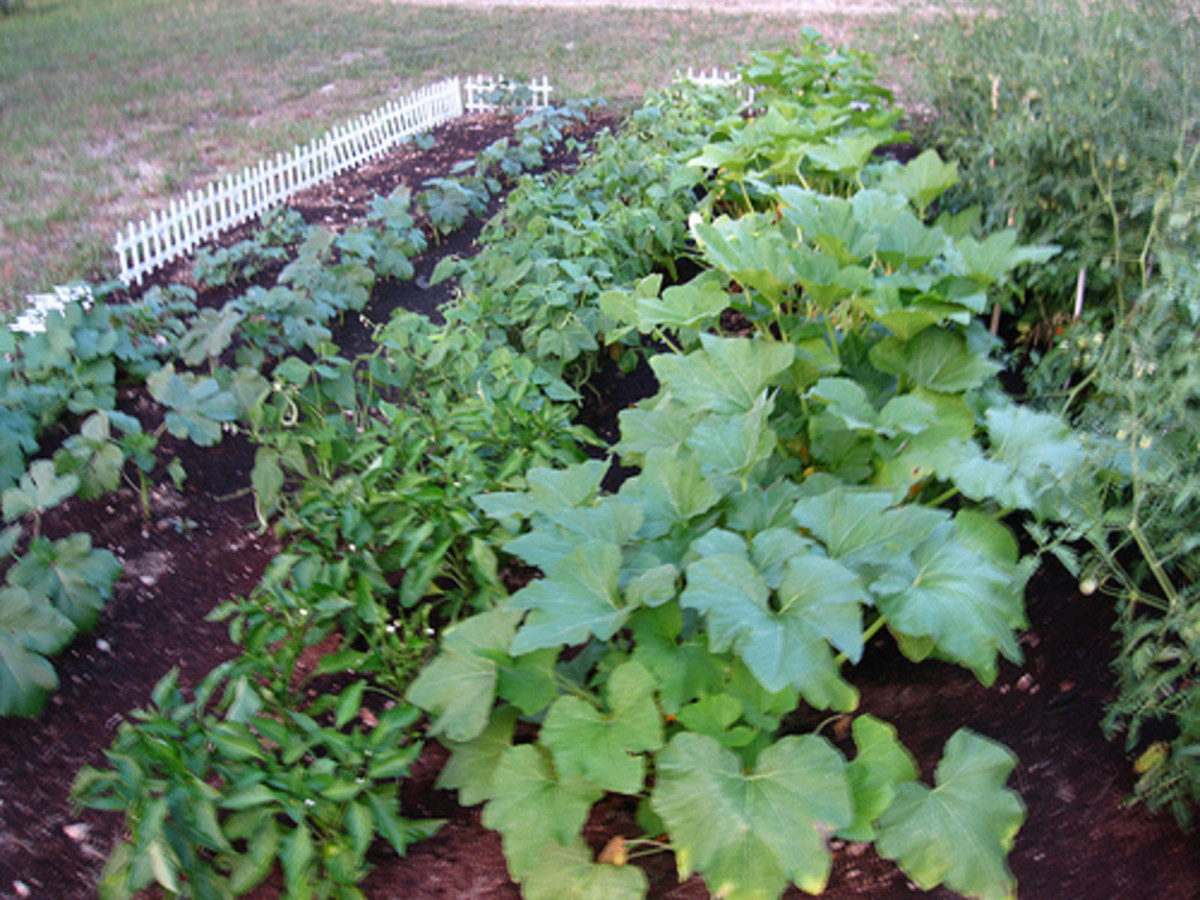A Rainy Day Shouldn't Stop you from Gardening
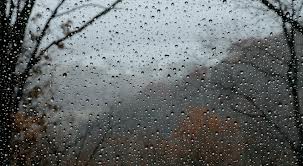
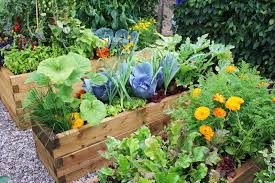
12 things to do for your Garden when it’s Raining
Some days I don’t mind getting out in the garden if there is a bit of drizzle around and I can dash out between light showers. However on days when it’s just too wet to be outside, there are still plenty of things you can do which will contribute to the overall wellbeing of your garden and to you.
1. Have a look at online seed catalogues to see what you want to buy next
Online seed catalogues are a great source of horticultural notes and growing information which you can read and assess to see if a particular plant will suit your climate. You can purchase all types of food seeds on line and get them started in seed trays before planting them out. You can start them indoors on a sunny windowsill or other warm spot which will give you the jump on the season as soon as the weather breaks. Once they have a few leaves on them they can be planted out into your veggie plot.
2. Sort out the seeds you have
If you’re great at saving seeds, but find keeping them in one place in an organised manner is a bit more challenging then this is a great job for a rainy day. Find a suitable box and some plain envelopes that you can write on. Sort your seeds into envelopes – one for each variety. If you are not sure of the variety, but know they are tomato seeds, give them a unique identifier, like “tomato variety 1”. Then when you next plant out some of these seeds, mark them the same way. Once they have produced fruit, if you can’t identify the variety, you can at least record a description of the plant’s growing habits and style of fruit it produced. Put this description on the front of the seed envelope so next year you will have some idea about what you will be getting.
3. Search through free give away sites and personal trading sites to find free or cheap second hand garden materials
Gardening doesn’t have to cost a lot of money – research the best free and sharing sites for your area. In Australia you could try gumtree.com.au or tradingpost.com.au for starters. Also try freecycling sites, which are sites designed to recycle the things you don’t need anymore to other people. People give away all sorts of things that they can’t see a purpose for, but which might just fit your needs. Look for:
- planks or round logs which might be used for garden edging, being careful to steer clear of chemically treated wood
- second hand bricks and pavers which may be just the thing for your garden paths or a flat area for a seat
- old rainwater tanks that could make great raised garden beds or animal shelters
- free firewood could make beautiful stepping stones if cut into even thickness rounds and placed through your garden
- decorative rocks can provide terrific drainage in the bottom of raised garden beds
- Styrofoam can fill large pots and means you don’t need as much soil and pots are not as heavy to move
- old artefacts and interesting objects can enhance your ornamental garden, providing a point of interest or visual statement
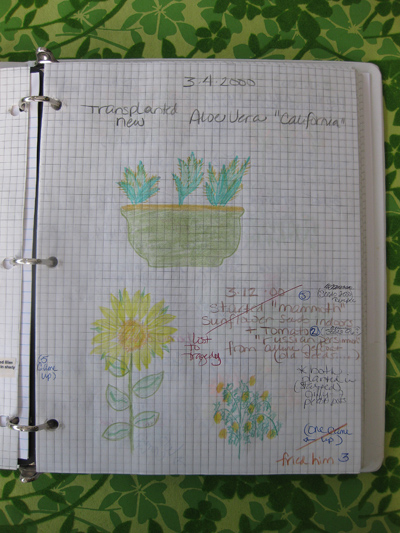
4. Keep a garden journal
Keeping a journal is a great way to record your progress, what you planted, what succeeded and what didn’t. You can record your yields each year so you can compare yields from season to season, see which varieties produce more and which varieties just weren’t worth the effort in your climate or situation. A journal can help you record what you did to ensure the garden’s success, when you mulched, what you used in your compost, how often seaweed or fish emulsion was applied and so on. By recording your gardening activities you can learn more and more each year about what your garden responds to best and, importantly, what are the keys to successful food or flower growing.
5. Waterproof your gardening boots – for plenty more years of service
If you have invested in a good pair of leather gardening boots, keeping them in good order will help to extend their life. You can buy wax or lanolin based products which protect the leather and keep it in top condition. Don’t leave it until you’ve been out in the garden and discovered that your boots are saturated from long grass or deep mulch. Keep them in condition by applying a waterproofing agent and leather conditioner when they are dry and you won’t be needing them for a couple of days.
6. Plan your next crop rotation
Understanding how one crop can benefit another can be useful when you are trying to maximise the amount you grow in a limited space. By planning your crop rotations you can use the product of one crop to assist the next crop. For example, legumes fix plenty of nitrogen in the soil, so are good to plant and dig into the soil before your next crop of leafy greens - lettuces, silverbeet, spinach etc.
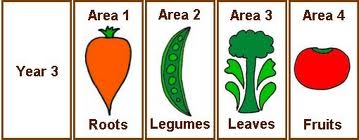
The importance of crop rotation - an easy explanation
A rain jacket is a good addition to your gardening gear
7. Plan next season’s planting
If you’ve reviewed the seed catalogues, sorted out your seed envelopes and considered your crop rotation options, you can start planning next season’s plantings. Think about what foods your family likes to eat, what suits your climate, conditions and the space that you have to grow. You may have to prioritise what you grow if you don’t have the resources to grow everything you need. Think about growing something you have never grown before, just to see how it goes. Make sure it is something you will eat though if it is a roaring success!
8. Go for a walk to see where the water is running off, pooling or causing issues with erosion or flooding
Depending on where you live, rain events can be damaging to your garden if you live in a place where you get lots of rain in short bursts. Grab your umbrella and rain jacket and go for a walk in your garden to see what the water is doing. Is it running off causing erosion where it shouldn’t? Is it pooling somewhere that might cause problems down the track? Or could that wet area be turned into a micro wetland or bog garden? Are there parts of your garden which don’t get rain water because they are sheltered by larger plants or structures which block their access to rain?
All of the information you gather on your rain walk will provide a good foundation for future garden development planning and help you to better meet the needs of the garden, its animal inhabitants and the humans who share it.
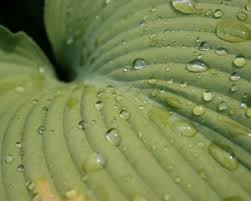
9. Put your indoor pot plants out for a fresh rainwater drink
If you have indoor pots, move them out into a sheltered spot where the rain falls – this will not only provide them with fresh water, but it will wash their leaves and give them some soft filtered light – just remember to move them back indoors before the weather heats up too much or becomes to harsh or cold for your indoor varieties.
10. Take photos of your garden to record what was in season at the time
Taking photos of the flowers, fruits and vegetables in your garden at regular intervals provides a great visual record of what was happening in your garden at that time. Set up photo points where you take the same photo in the same place each year, say once in each season so you can see how the garden is progressing in terms of development. This will also give you a record of how the garden changes from season to season as well and you can look back and see any issues you had in a particular season for a particular plant or area of the garden and consider how you might address it next year. Cloudy days are better for photography, as there is less light reflected which gives better picture clarity. Rainy days can provide opportunities for this between showers, so take the time to photograph your garden and record the aspect and date of the photos.
11. Preserve some of your garden produce by drying, stewing, freezing
Preserving the fruits of your labour can be very satisfying and means you can enjoy your produce for a longer season. There are loads of resources around for how to dry, stew, preserve and freeze your produce to make the most of your gardening efforts.
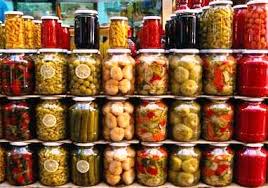
12. Cook yummy delights from your garden or swap produce for something else
If you’re not keen to preserve your produce for the whole year, you can cook up a storm and treat your family and friends to a fresh produce meal. You could barter the produce in exchange for something else, perhaps a fruit or vegetable that you didn’t grow. You could exchange it for eggs, meat, honey or labour if you need help with a job around the house. Building a network of friends who are willing to barter and trade produce can give you access to varieties you can’t or won’t grow and to skills and abilities you don’t have. Attending a local food swap is a great way to meet like-minded people who enjoy sharing produce with others who are also interested in growing their own foods. If you can’t find one in your local area why not consider organising one?
There are so many things to do on a rainy day that even the dampest day will feel productive. So if you can get out in the garden, go, but if not, choose one or more activities from this list and get gardening anyway!
